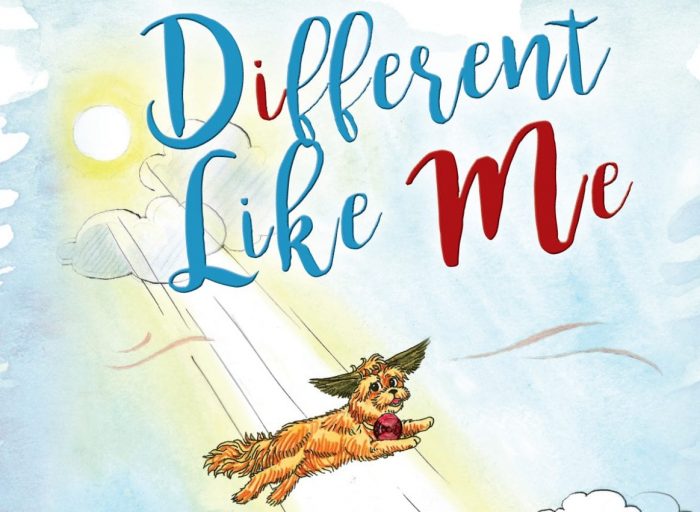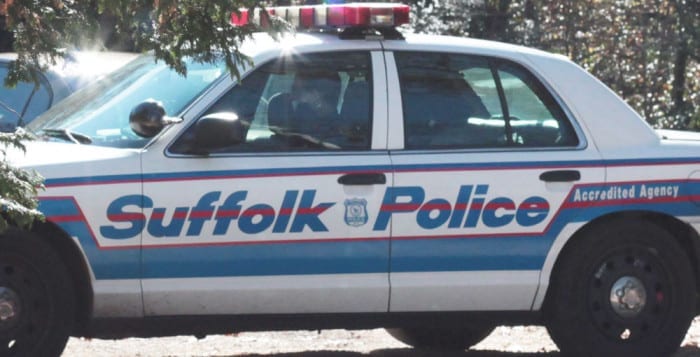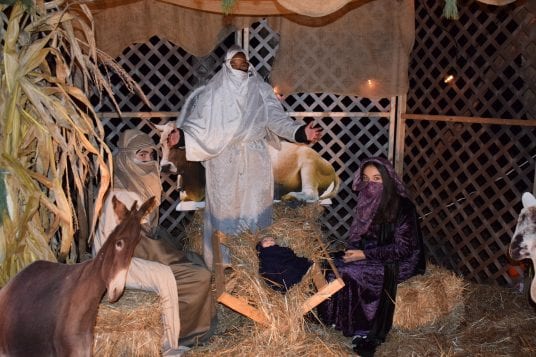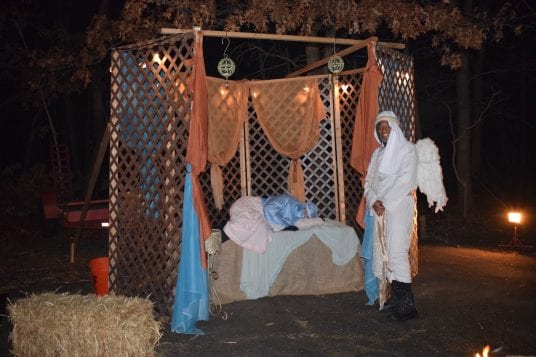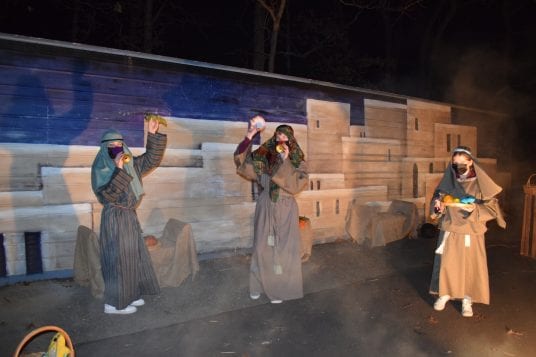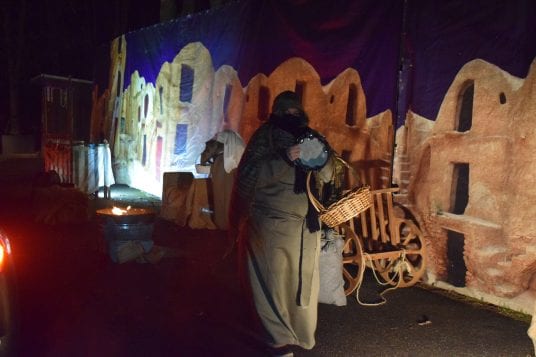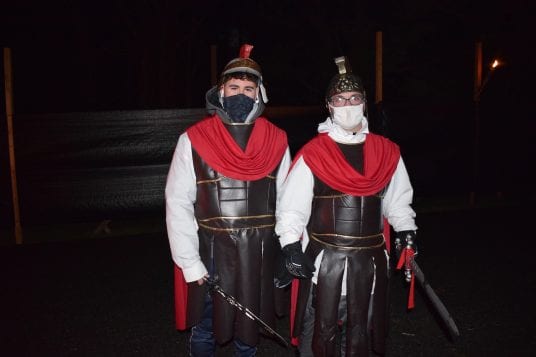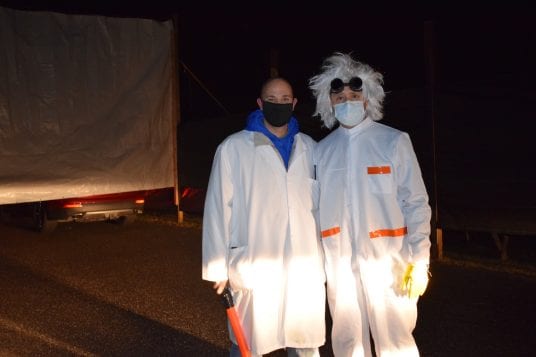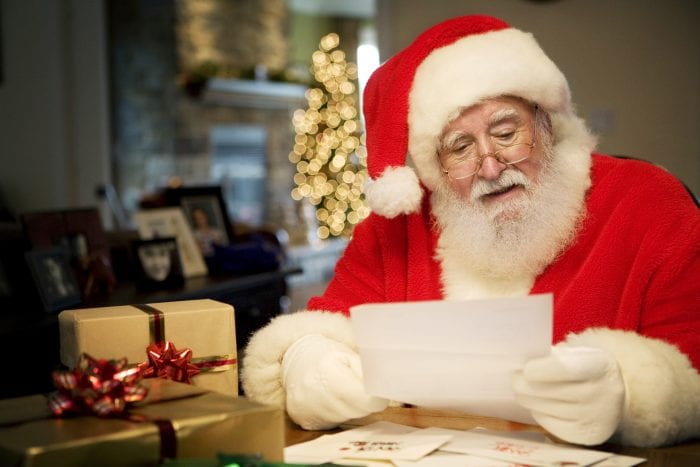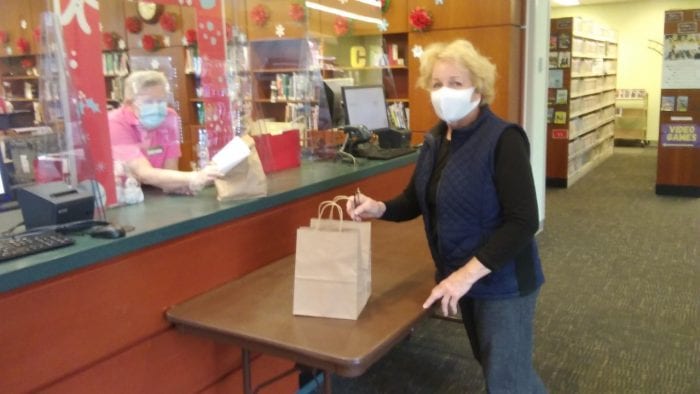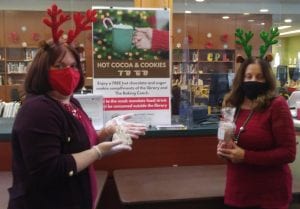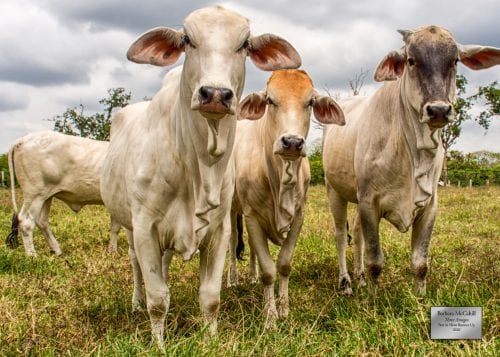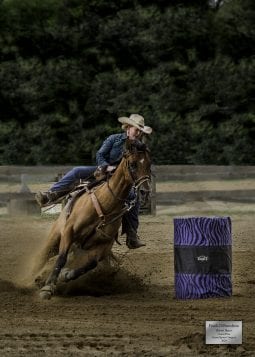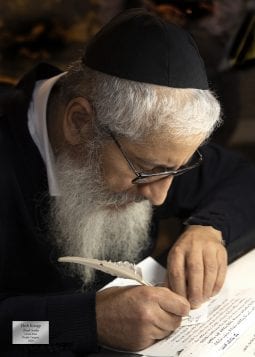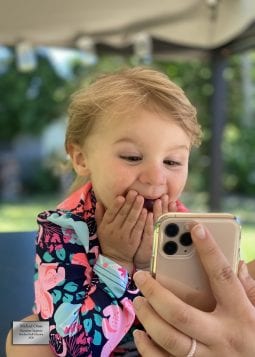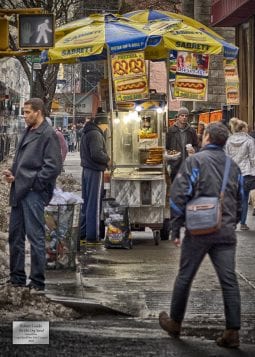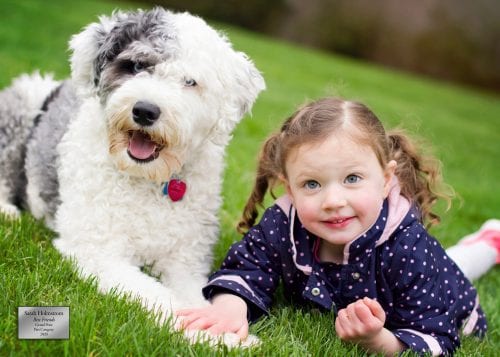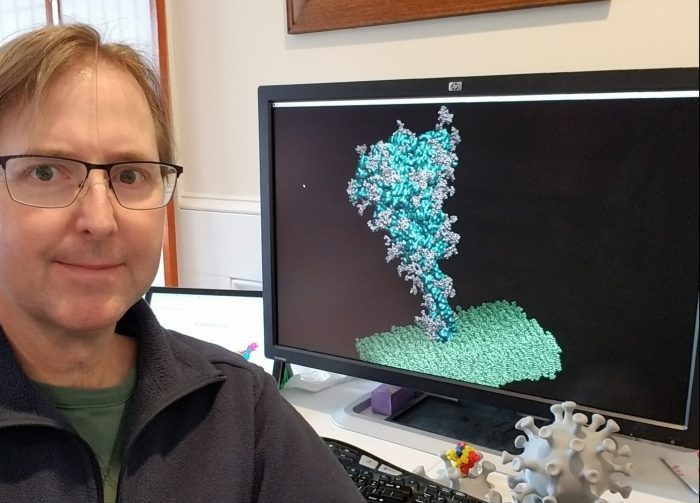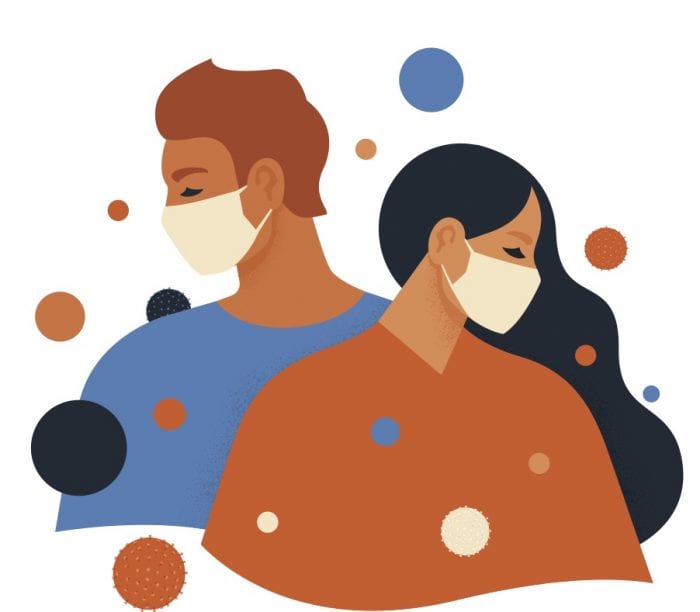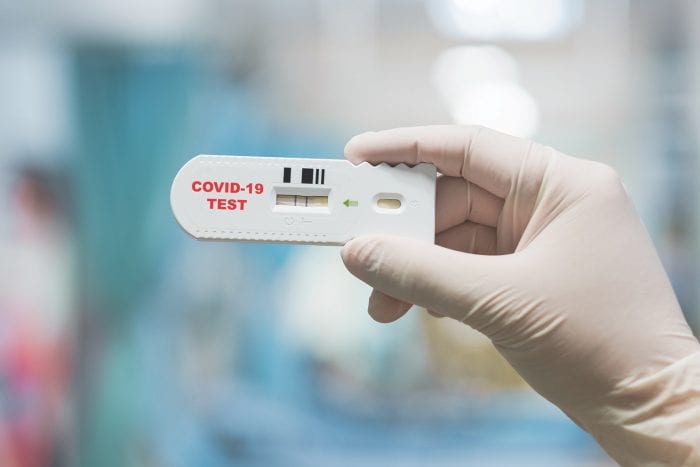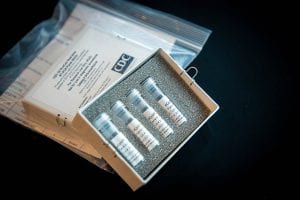By Melissa Arnold
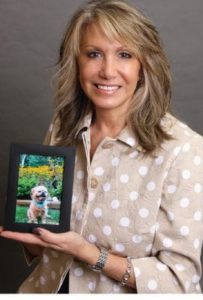
Lisa DeFini Lohmann never imagined that she would become a published author. But then her lovable dog, Wilson, changed her mind. Wilson wasn’t the best looking dog in the world, but that didn’t stop him from winning hearts with his sweet, lovable personality. Lohmann was inspired to share Wilson’s joy with others who may be struggling with self-esteem or personal trials. Her debut chapter book for children, Different Like Me, follows Wilson as he awaits his forever home, makes new friends, and goes on some incredible adventures. Along the way, he learns what it means to love yourself unconditionally, regardless of what others think.
Did you grow up wanting to be a writer?
I was born in the Bronx and moved to Long Island when I was 5 years old. I am a creative person, but my focus has always been on textiles, sewing and crafting. I’m an avid reader, though prior to this I had never written anything before. My paying job is in property management and development — I specialize in communities for people who are 55 and older.
So how did you decide to write a book?
About seven years ago, the real estate market took a hit and I was unemployed for a while. My boys are grown now, and I ended up spending a lot of that time with my dog, Wilson. He grew up to be the most precious of animals, so dear to my heart! We think he was a Shih Tzu mixed with either Brussels Griffon or Affenpinscher. He was 27 pounds but acted like a lion. He wasn’t the cutest of puppies, but he had the most wonderful personality. He was 9 months old when we brought him home.
When you’re not working, you have a lot of time to think about things in ways you may not have before. A friend of mine has a son with a pretty severe learning disability, and hearing of their day-to-day struggles gave me some perspective on what it’s like to be different. I truly believe that God put it on my heart to tell a story about the things that make us unique and different from my dog’s point of view to help kids who may be feeling self-conscious about themselves.
Why did you choose to turn the idea into a chapter book?
I didn’t necessarily set out to write a chapter book, but I knew I wanted the book to be a little deeper than an early children’s book with very few words. There was a certain depth and maturity I was looking for that made more sense as a longer book.
Tell us a bit about the plot.
Different Like Me is about a dog who lives in a pet store and doesn’t like himself because he consistently isn’t chosen to go home with a family. Through a series of events, he learns that he’s perfect just the way he is, and helps others to see that along the way.
 What was the writing and publishing process like for you as a first-time author?
What was the writing and publishing process like for you as a first-time author?
I truly believe that when you do something for good in this life, God helps you get it done. And that’s how it was for me. Writing was the easiest part. I didn’t know anybody else who had ever written a book, and so the Internet was a great resource. I did a lot of research online. Ultimately, I chose to work with a company called Outskirts Press. They do what’s called “semi-self-publishing,” which means they select your manuscript for publication and then offer you a number of different options to choose from, like editing. Each option is a la carte and paid for by the author. I’m not an illustrator or an editor, so that was where they came in handy for me.
Who is the illustrator, Richa Kinra? How did you decide to work with her?
The illustrator was connected to Outskirts Press. There were sample images from a number of artists I got to look through, and then I could choose who I wanted to work with. While I never got to meet her, she really captured the essence of the characters and what I was trying to convey with the book. The illustrators don’t have the time or resources to read each project they’re working on, so I needed to provide copious details about each character and image. I’m very happy [with the final product] — the illustrations are very charming.
Do you want to continue writing?
This is not an endeavor for my own financial gain at all. I have what I think are two more books in my head — there’s so much to expand on with these topics of self-acceptance, coping skills, and celebrating diversity. Ideally, I’d love to get picked up by a publisher who will support me financially so that I can focus on the writing.
What do you hope people will take away from reading this book?
Whether people are struggling with COVID, some kind of disability, not fitting in or anything else — I want them to see that the way they were put together, tall or short, fat or thin, is just fine. We were all made differently and have a unique purpose. Even thinking about my own childhood, I was sometimes perceived as stuck-up, when truthfully I was very insecure and shy. We all have an emotional battle that we’re fighting, no matter how old we are. That’s why I believe everyone can relate to this book.
Who would you say is the target audience for this book?
It’s hard to pin down, because I’ve heard that people of all ages are enjoying it — parents are reading it with their 5-year-olds, elementary kids are reading it, and there are even teenagers and college kids who have told me they liked it. So the book is for people of all ages.
Different Like Me is available at your favorite online retailer as well as several Long Island businesses including Book Revue in Huntington and the Reboli Center for Art and History in Stony Brook. Keep up with Lisa DeFini Lohmann on Instagram @wilsonhighstep and on Facebook by searching for Wilson Highstep.

